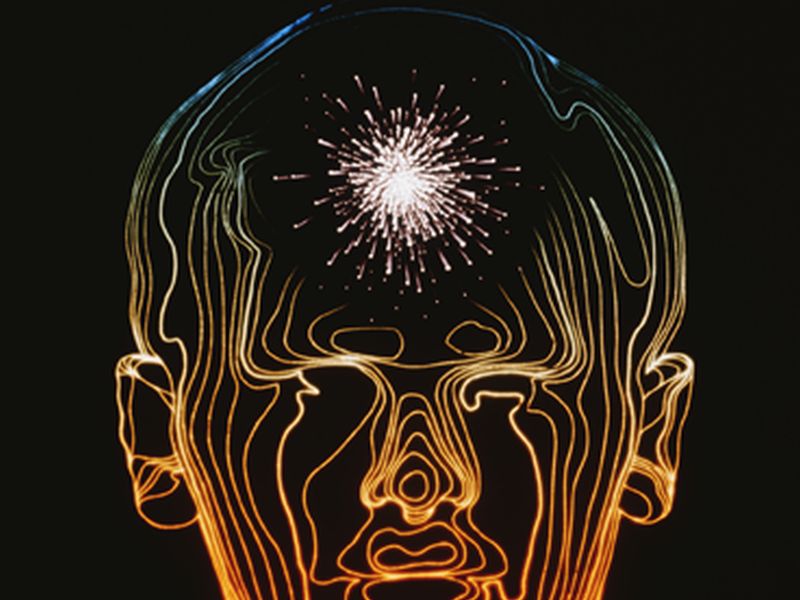Nerve Stimulation May Help Curb Stroke Damage

FRIDAY, May 24, 2019 (HealthDay News) -- Could electrical stimulation of nerves that sit behind your nose help limit the harm done to your brain by a stroke?
New research suggests it's possible. In early experiments, blood flow to the brain was increased by widening undamaged arteries and bypassing the clot. This delivered oxygen-rich blood to threatened areas of the brain.
How could that reduce disability after a stroke?
"Brain tissue is the most sensitive to oxygen deprivation," explained Dr. Mohammad Moussavi, director of neuroendovascular surgery at Staten Island University Hospital, in New York City.
"When it doesn't receive enough oxygen or blood, it dies very fast," added Moussavi, who was not involved in the trial. "If the artery is occluded [blocked], that artery needs to be opened immediately."
The researchers stressed that having new ways to do that is critical. Right now, the only two approved therapies open blocked arteries by either dissolving or removing a clot.
Lead researcher Dr. Jeffrey Saver said, "We believe this represents the advent of an entirely new treatment for patients with acute ischemic stroke." He is director of the University of California, Los Angeles (UCLA) Comprehensive Stroke Center, in Los Angeles.
"Stroke continues to be a major cause of death and disability in the United States and around the world, making it imperative that we develop new, effective treatments to complement existing therapies, including in the extended treatment window," Saver added in a UCLA news release.
The patients in the trial suffered an acute cortical ischemic stroke, which affects the surface of the brain. In an ischemic stroke, blood flow to the brain is blocked. The patients were treated at 73 medical centers in 18 countries.
In the study, a small neurostimulator electrode was implanted through the roof of the mouth in a simple procedure using only local anesthesia. For five days, the electrode actively stimulated the nerve cell cluster for four hours a day.
There was evidence that the treatment reduced patients' level of disability three months after their stroke, according to the study published May 24 in The Lancet.
In a subset of 520 patients who had major deficits and confirmed injury to the cerebral cortex, favorable outcomes occurred in 50% of those who had the nerve stimulation and 40% of those who did not, the findings showed.
Those results are just below statistical significance, but when that data is combined with similar findings from an earlier trial, the collective data suggest that the therapy is effective when provided eight to 24 hours after the onset of a cortical acute ischemic stroke.
According to Moussavi, "There's a lot of promise on the horizon with nerve stimulation.… By enhancing blood flow in the collateral vessels with electrical stimulation, we can salvage additional brain tissue and increase the outcome. We're learning more and more each day of the therapeutic benefits of electric and bioelectric therapies."
He added that the "findings are very encouraging to offer additional therapy in postacute stroke care, and increasing outcomes and recovery."
The study was funded by device manufacturer BrainsGate Ltd., and some of the researchers were paid by the company to serve on a steering committee that directed the study.
The new treatment may be safe and effective for people who are not eligible for clot-dissolving medication, according to Saver.
Future studies will examine the effectiveness of the new therapy when used with clot-dissolving medications and clot-retrieving devices.
More information
The U.S. National Heart, Lung, and Blood Institute has more on stroke.

The news stories provided in Health News and our Health-E News Newsletter are a service of the nationally syndicated HealthDay® news and information company. Stories refer to national trends and breaking health news, and are not necessarily indicative of or always supported by our facility and providers. This information is provided for informational and educational purposes only, and is not intended to be a substitute for medical advice, diagnosis, or treatment.

